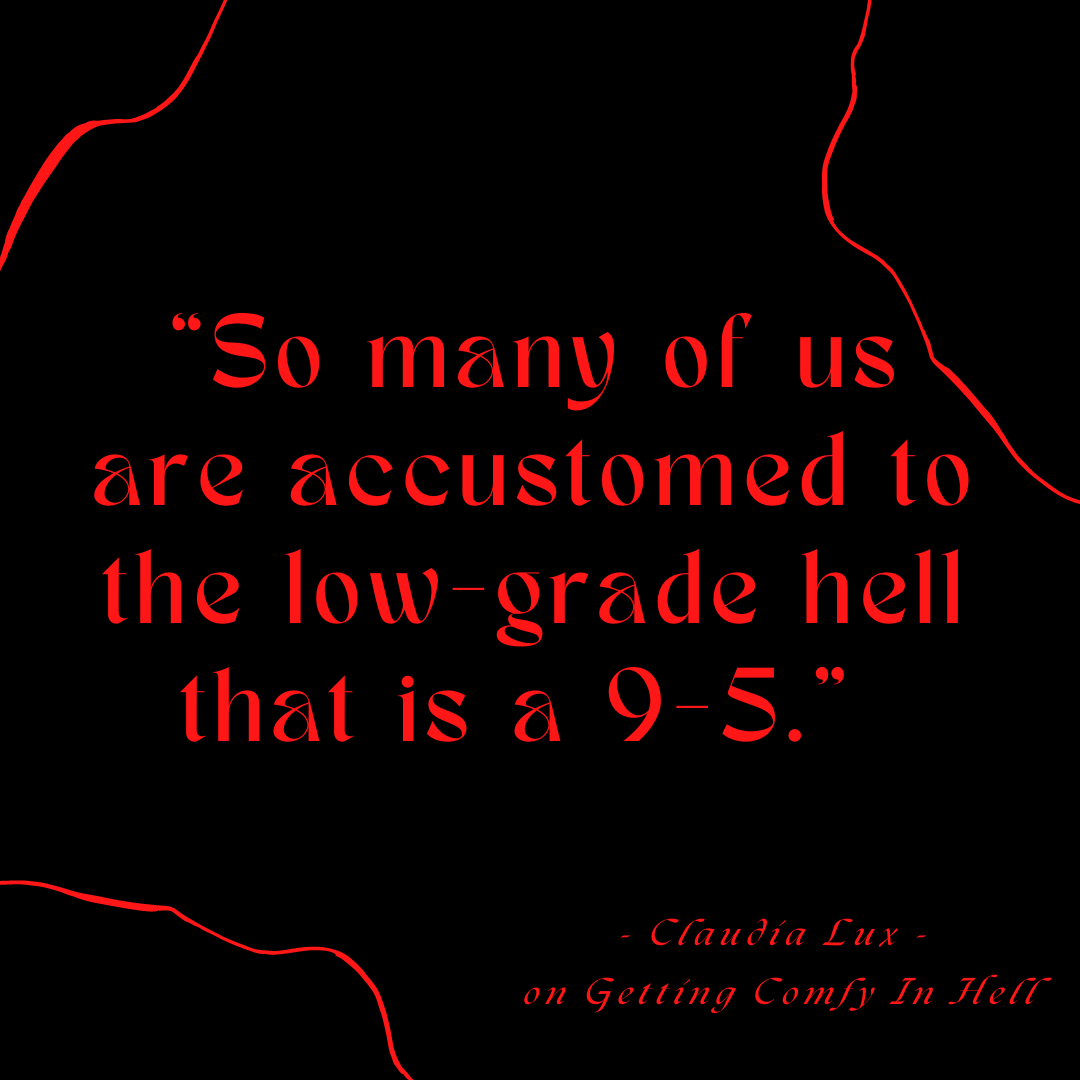Ever since I knew that I wanted to be one of the special people who make magical worlds come alive in books, I wanted to be traditionally published.
At first, that was the only option I knew about. Then, self-publishing came onto the scene, but that sounded like too much work. You have to find your own cover designer, editor, and market it yourself? Writing the book was hard enough.
Then, a few years ago at a writer’s conference, I heard about a fairly new way of publishing: hybrid. Someone else can take care of the logistical headaches of making the manuscript into something beautiful but the author gets to keep all their own royalties? Count me in!
So, when I received an email from Writer’s Digest about Atmosphere Press—a hybrid publisher that was accepting manuscripts—I thought, “Why not?” I sent them The Gift of Dragons, and they accepted the book.
I enjoyed every aspect of working with Atmosphere. The people who founded it are writers themselves, so they want every part of the process to be enjoyable for the author; they value their opinions. The professional editors pushed me to write the best possible version of the novel.
But what I valued most besides the people, is how professional and beautiful the designers made the cover. Readers sadly do judge books by their covers, and I knew that without an epic front cover, my book wouldn’t stand a chance in the bookish circles I wanted to be in.
All the designers’ work has paid off, and now I can’t keep track of the compliments people have paid the cover. Its grabbed people’s attention who wouldn’t ordinarily pick the book up, and it has given me more opportunities. Even local/Indie bookstores don’t want to sell a book that has a cheap-looking cover.
Atmosphere Press also gives its readers a marketing guide, without which I wouldn’t have made the connection, at least not as quickly, that selling books in-person is much better financially than relying merely on Amazon or other website sales. Thus, I have focused more on in-person events, where, partly due to the stellar cover, I’ve sold out almost every time.
And through Atmosphere’s list of Indie bookstores, a whole new realm of places to promote has opened up. I’ve already participated in one signing, which did well, and will hopefully have more on the horizon.
But even more than the physical tools of bookstore contacts, the best way to sell books, connections to other authors, and a beautiful, professional product, are the more intangible tools that working with a hybrid publisher has given me: patience, perseverance, and bravery. These qualities are what lead to true success.
I’ve always heard that the publication process is slow, and although hybrid publishing is faster, if you want a good product and a good launch, it can still take time. I’ve had to learn to work with editors, copyeditors, cover designers, and fit my schedule to theirs. Learning how to work with professionals in the publishing industry is a quality that I now rely on when communicating with bookstore owners, festival managers, and other authors. This is a business, and I need to be on the same level as everyone else. Patience will also serve me well if I ever venture into traditional publishing (which is still my dream).
I learned much perseverance through the writing process (you can’t edit a novel twelve times and not learn it), but working with a hybrid publisher reminded me that I have something worth persevering through the difficulties for. The team I worked for put all their hard work into the book, believing in it, and giving me the confidence to keep going during the stress and doubts leading up to the book’s launch.
The process and the product the team helped me create reminded me that sharing this story was worth persevering through the bad reviews and rough drafts. I now have the confidence to take steps to share this story with the world despite rejections or silence. That perseverance has put me in places—libraries, bookstores, festivals—that I wouldn’t have ventured into without the dedication and confidence of the team I worked with.
Because I had to do most of the promotion myself, I was forced to take risks like meeting and even talking to strangers at book festivals and conferences. This not only gave me skills I can put in a query letter, but has given me connections to readers I wouldn’t ordinarily have met. And I can now know as humans, not just as readers. Now I get to share my author life with those wonderful people through newsletters and social media and can hear about their lives. What a gift!
Working with this hybrid publisher has been like a gentle hand leading me through the overwhelming, and at times, terrifying publishing process. Although I haven’t sold thousands of copies, I now know how the process works, have relationships and opportunities with bookstores and other events that I wouldn’t have known existed. I also have a product that can stand on its own on shelves and that I can be proud of.
I’m thankful for the tools that hybrid publishing has given me for future success as an author, and I look forward to what happens from here.
Rachel A. Greco dreams of being a dragon but has settled instead for being an author, which is almost as fun. Her short story, Fairy Light, won an honorable mention in the Writer's Digest Annual Writing Competition, and her YA fantasy debut, The Gift of Dragons, came out in May. When not writing, she can be found reading, kayaking, or dancing with elves in the forests of her North Carolina home.






